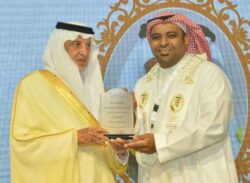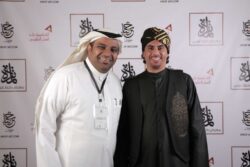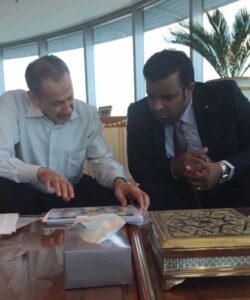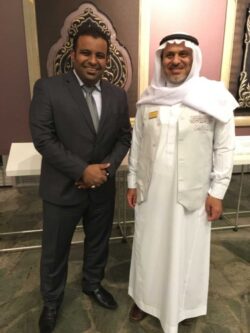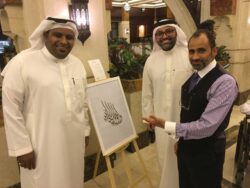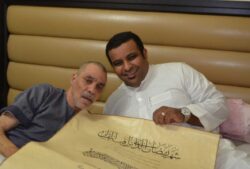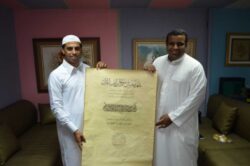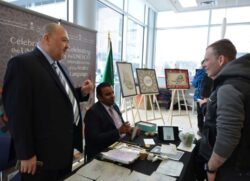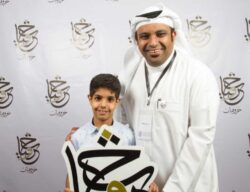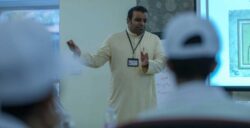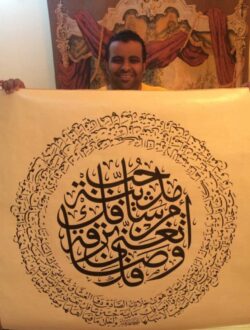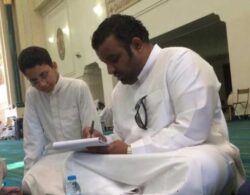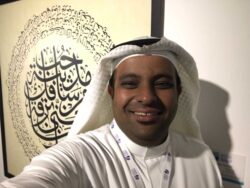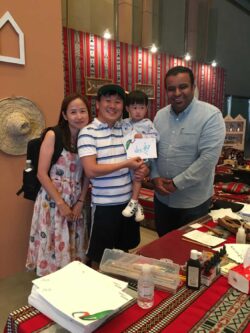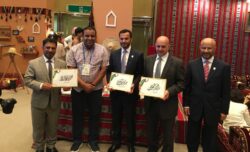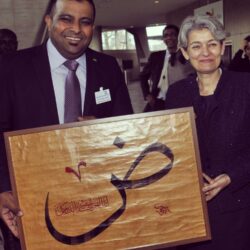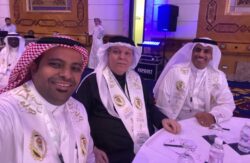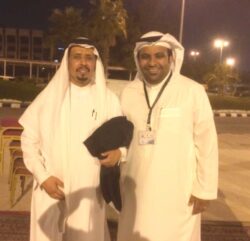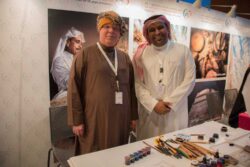Artworks |
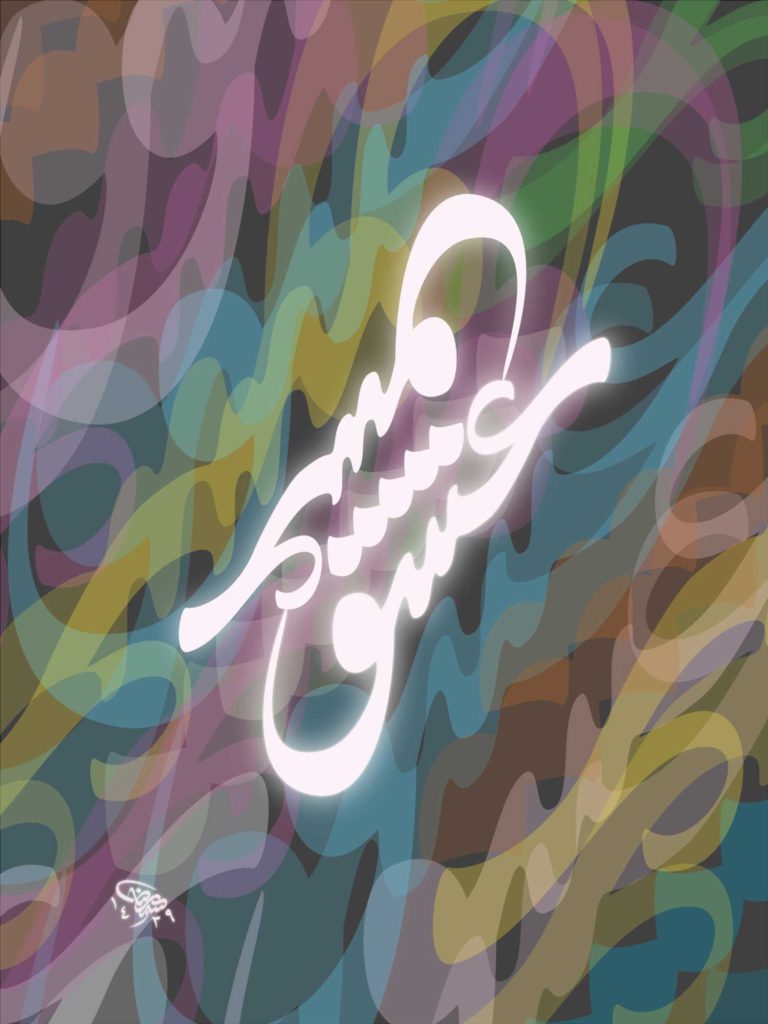
Two Lovers
The word Eshq, which means one of the highest degrees of love in the Arabic language and has the meaning of overlapping and mixing between lovers, was written in a Jali Al-Diwani script in a symmetrical style and in a manner that clarifies the intended meaning in terms of overlapping and mixing. The artistic direction came with the use of graphics and a diversity of colors that expresses the different cases of love.
Be Yourself
Pure classical writing using one of the oldest types of Arabic calligraphy, Muhaqqaq script. It is considered as one of the main roots of the famous Thuluth script. The artwork is written as a Mashq. Mashq is a direct writing without prior preparation, which is considered a challenge that shows the calligrapher’s artistic ability and skill, and this is mentioned in the signature. The paper used in the work is the traditional paper for calligraphy (Mokahhar paper) and the inks used are natural inks.
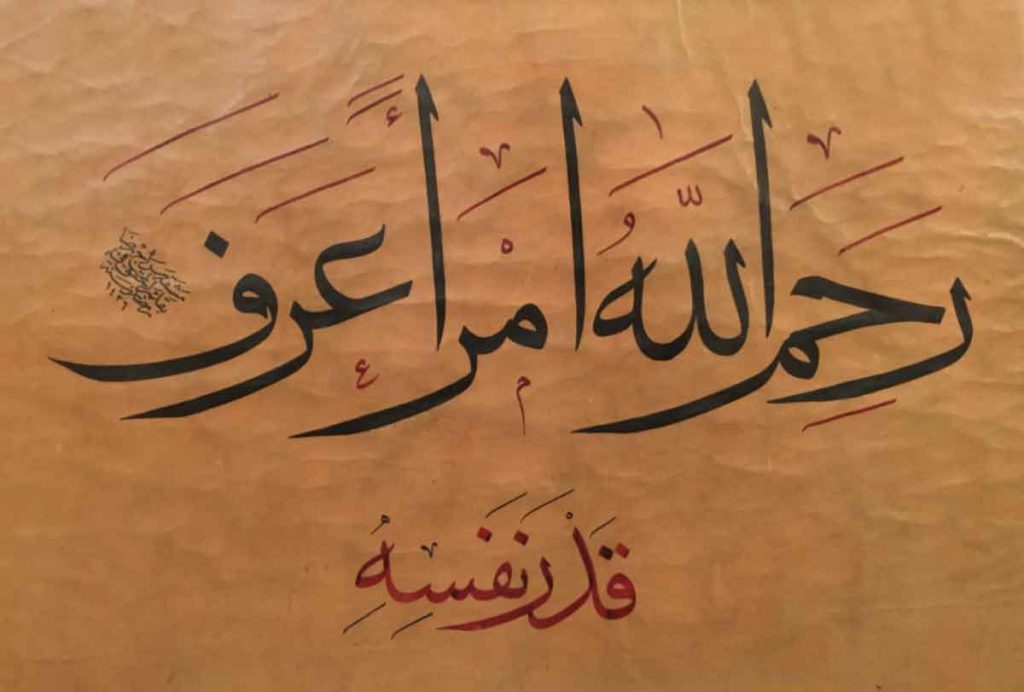

Mercy
The calligrapher always tries to express the intended meaning of the text through the visual form that he implements. In this artwork, the text (Give mercy to gain mercy) came in a semi-symmetrical way inside an oval shape that expresses the continuity in giving and gaining mercy. The work is graphically directed and is within collectibles of the Saudi Cultural Bureau in Canada.
Never Stop
Many calligraphers often face the question of the inability of modern technologies to produce works that match the classics. In this work, the entire work was produced in a graphic way, using the Thuluth script, but through a style that simulates traditional classic works. The work is within Collectibles of the Saudi Cultural Bureau in Canada.
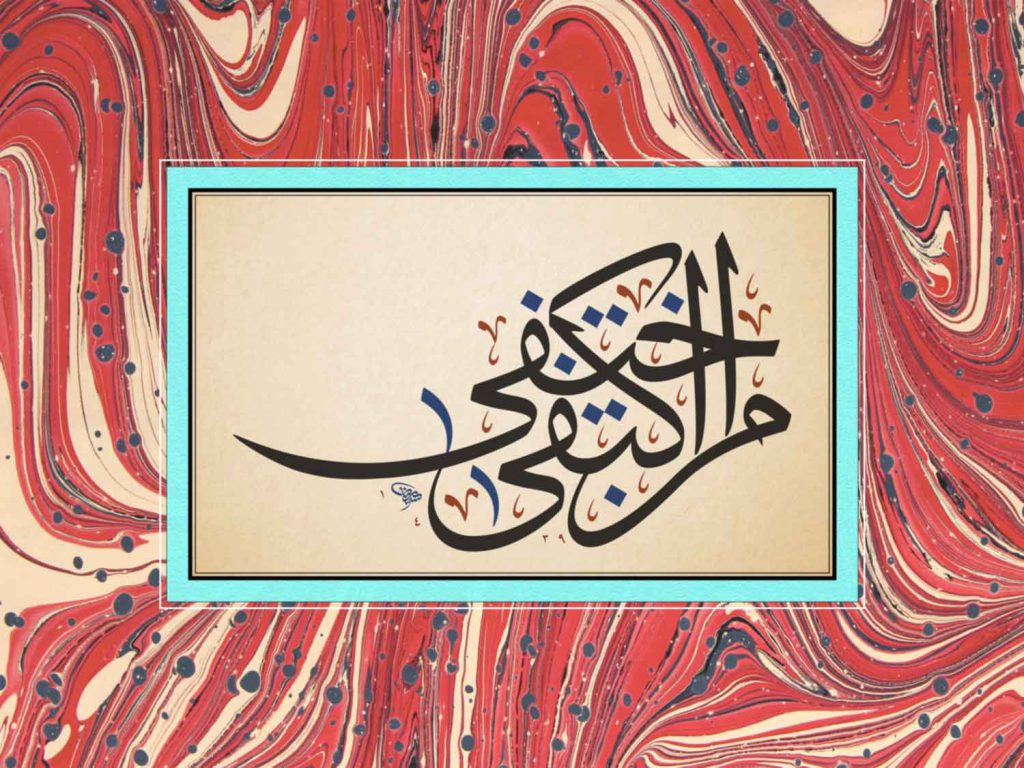
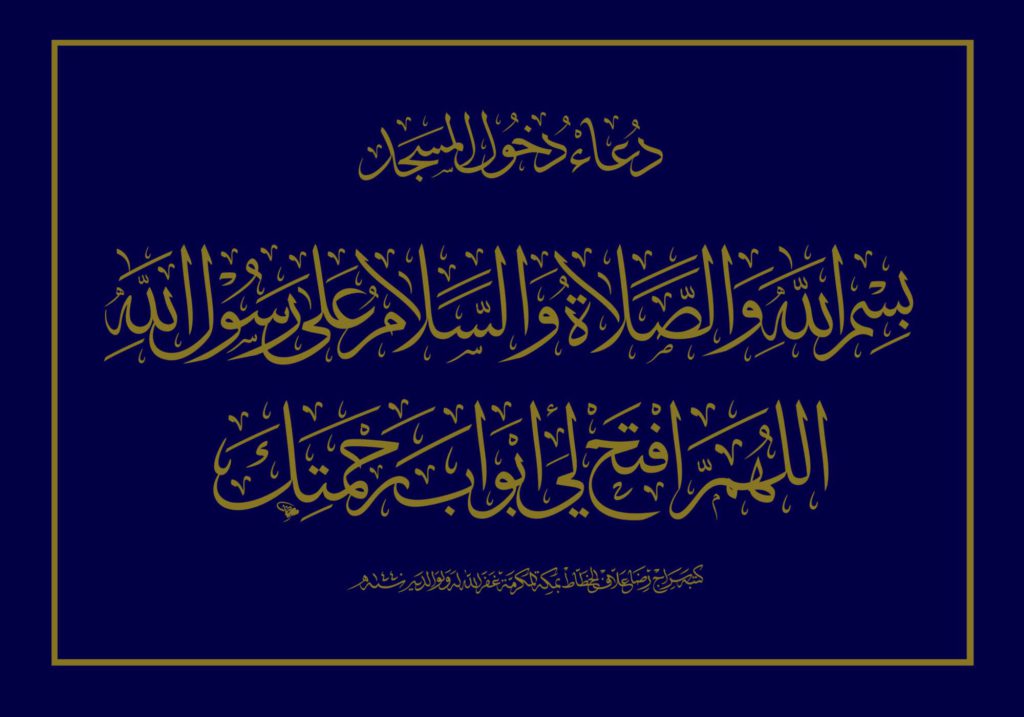
Entering the Mosque
The artwork was made using Thuluth and Ijazah scripts. The work was produced digitally by redrawing the edges of the letters using vector technology in a style that appears as a classic artwork. The artwork was printed and hung at the entrance to the Omar Ibn Al-Khattab Mosque in Sydney, Australia
The master
An artwork in thuluth script, which is considered by many to be the highest peak of Arabic calligraphy, and it was said that a calligrapher is not considered a proficient calligrapher unless he has mastered this type of calligraphy. In this artwork, the principle of mass and space was used to distribute the text and write the name of the Prophet Mohammad, Peace be upon him, in a singular manner, indicating uniqueness, and place the rest of the text in a lumpy form that ensures consistency with the rest of the artwork’s parts. The paper used is the traditional Arabic calligraphy paper (Mokahhar paper) and the inks used are the German Schmenk inks.
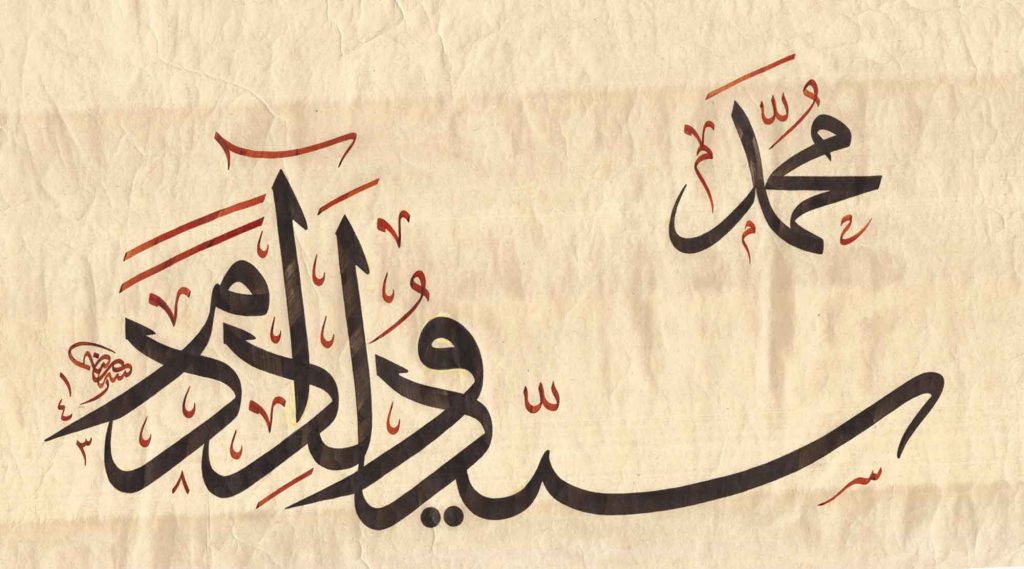
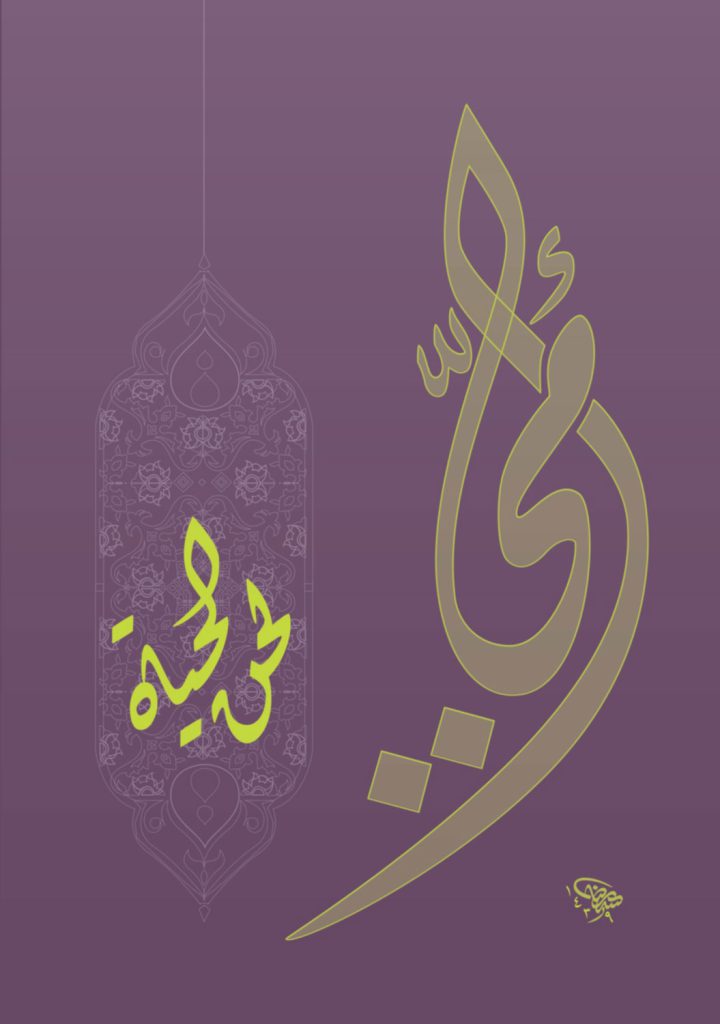
The Melody of Life
The expressive ability of Arabic calligraphy is very high. Through this artwork, the word Ummi (My Mother in Arabic) was written in the form of a musical note so that the rest of the text (the melody of life) comes to complete the intended meaning. Diwani script was used, and it was produced in a graphic digital way.
Mohammad
Symmetry in Arabic calligraphy is one of the well-known and famous methods of producing artworks, especially those that use Thuluth script. Through this artwork, the name of the Prophet Muhammad, Peace be upon him, was written in a symmetrical manner, but through the use of an important feature of the graphic, which is transparency. The two words appear clearly despite the severe overlap between them, which shows the ability of graphic production to reach new artistic dimensions.
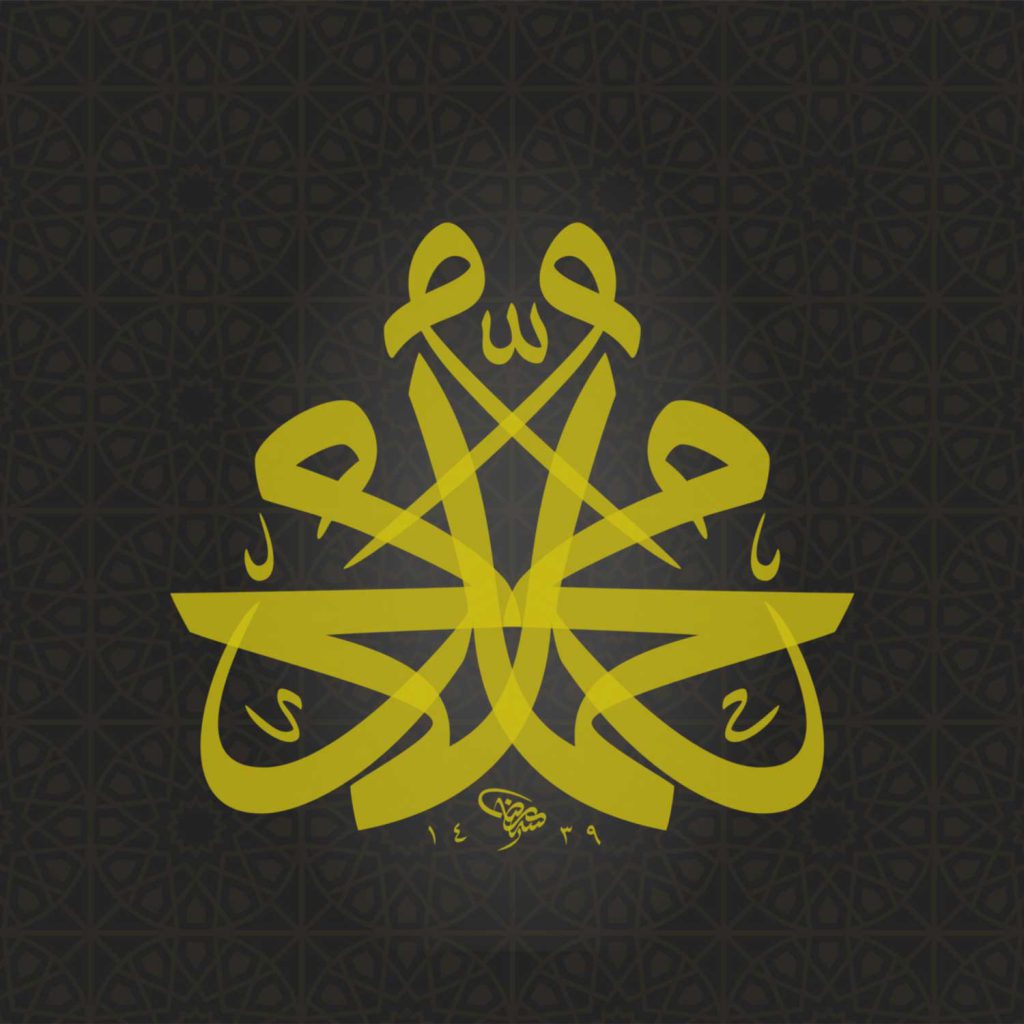
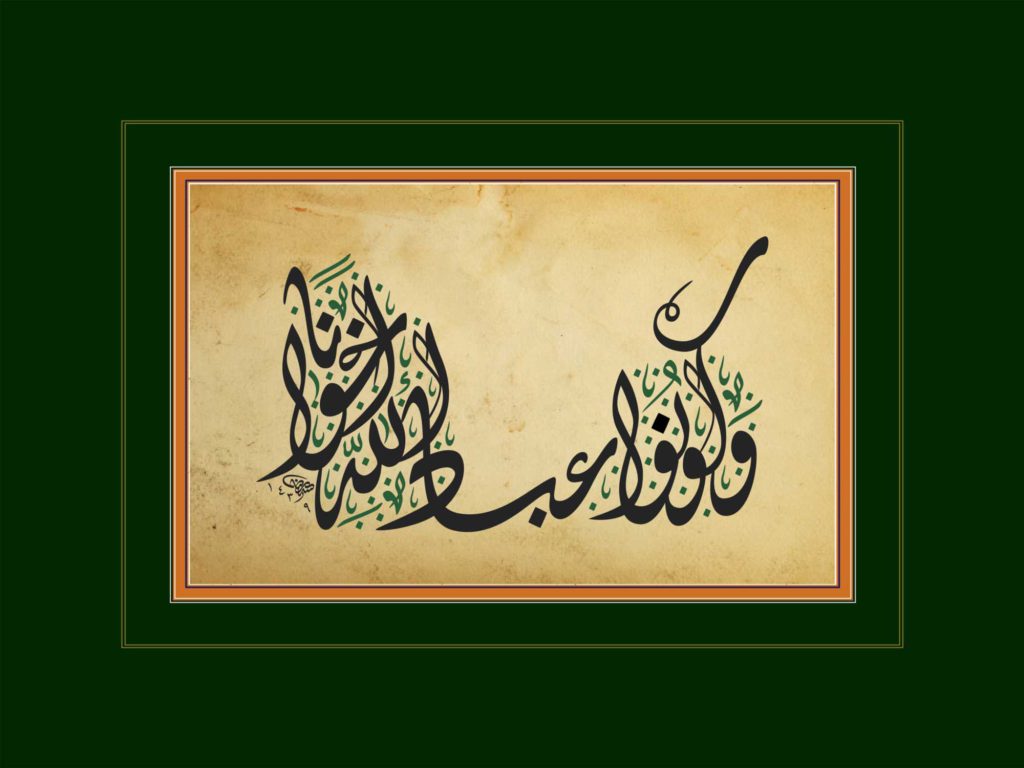
Brothers
This text was written using Jali Al-Diwani script, which is the most flexible and formable Arabic calligraphy type. By distributing the text and placing the middle space, the mass and the space in the work were distributed in a proportional manner. The work was produced in a graphic digital form, in a style that mimics traditional classical artworks.
